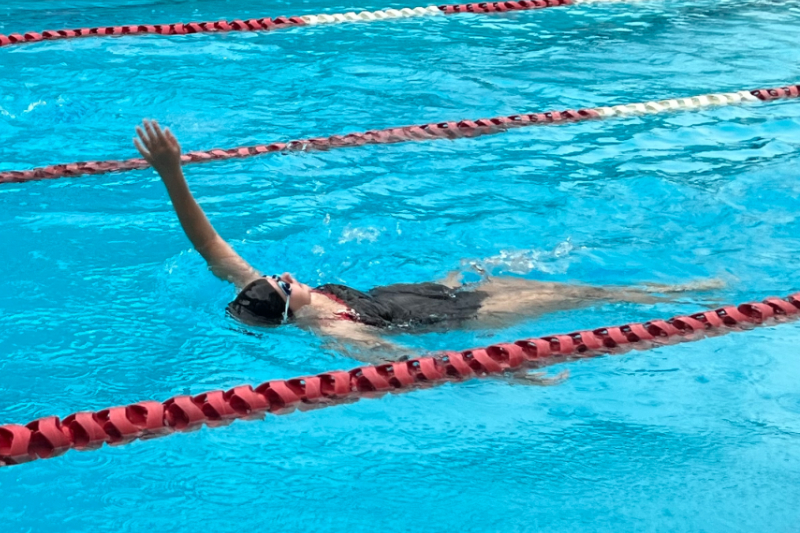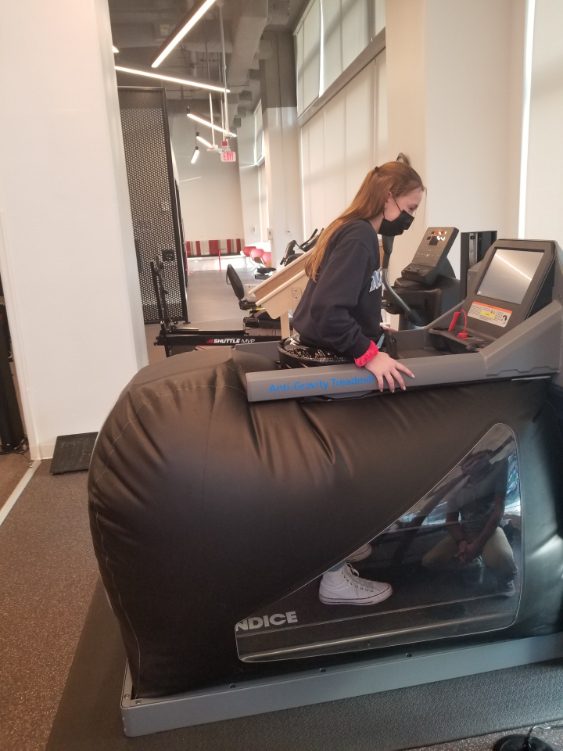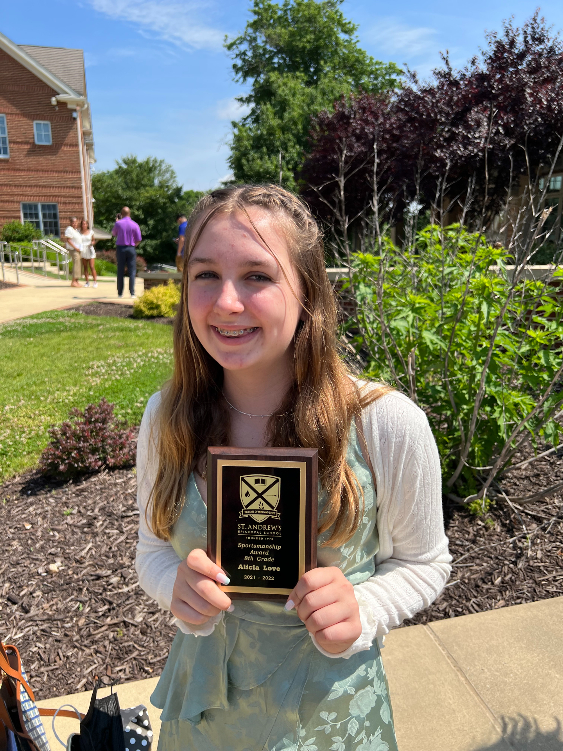
Alicia's Story

When Alicia was 12 years old, she felt an intense pain shooting up her right leg during a soccer game. Alicia was an active, multi-sport athlete and had high pain tolerance, so her mother, Molly, knew the injury was serious. After a visit to urgent care, Alicia started using crutches and went to physical therapy. But two months later, her condition had not improved, and she developed a severe limp. An MRI revealed Alicia had stress fractures in her right hip. Her care team recommended she go to Children’s National Hospital to see pediatric orthopaedic surgeon Jeffrey Peck, M.D., as soon as possible.
Dr. Peck diagnosed Alicia with hip chondrolysis, a rare condition where there is a rapid loss of cartilage within the hip joint. It occurs most commonly in adolescents and can have no known cause or can be the result of an injury.
“As a pediatric referral center for hip conditions, we can recognize this rare condition and proceed with appropriate treatment," Dr. Peck said. "This process includes our clinical care teams, as well as our musculoskeletal radiologists, with whom we regularly review imaging findings. The field of hip preservation is dedicated to treating adolescents and young adults with both rare diagnoses like chondrolysis as well as more common conditions causing hip pain such as hip dysplasia, impingement and femoral anteversion. Having a multidisciplinary hip preservation team at Children's National helps offer patients such as Alicia excellent care so that they can get back to what they love doing.”
State-of-the-Art Care at the Fight For Children Sports Medicine Center
Dr. Peck recommended Alicia start physical therapy at the Fight for Children Sports Medicine Center at Children’s National, where patients have access to experts across a wide range of orthopaedic specialties. The sports medicine team uses their experience treating pediatric conditions to provide highly skilled and specialized services like sports physical therapy for young athletes. When Alicia started going to the center, she said it helped her morale that she saw other kids her age working through similar conditions. She also appreciated the one-on-one attention she received and the state-of-the-art facilities and machines she had access to at the complex.
Departments that Treated
Care Team

“Being an athlete is a huge part of my identity, so when I first started going, I was nervous they would tell me all the things I could not do on my hip anymore,” Alicia said. “But it was the opposite experience.” Alicia said when she saw sports physical therapist Kevin McGuinness, PT, DPT, SCS, CSCS, he was optimistic and personable.
“He was realistic but also positive and helped find ways to move forward,” Alicia said. “He got to know me, not just how to fix me.” McGuinness said when he first started seeing Alicia, he saw her injury was keeping her from performing daily functions like tying her shoes, in addition to sports.
“Alicia needed therapy tailored to her as a young, growing athlete, so that is where I started,” McGuinness said. “Something that is very important with young athletes is the power of words. Words can do more harm than good, so I start with what they can accomplish instead of what they cannot do, while also being honest about the struggles of what they are going through.”
He said at the Fight For Children Sports Medicine Center, he is equipped to provide the best care. “We have access to every piece of equipment to challenge athletes of all levels. We are given a lot of time to work individually with each patient. It is truly a multidisciplinary clinic, where I am right down the hall from orthopaedic surgeons so we can meet face-to-face about treatment plans. That communication allowed Alicia to progress faster.”
The team’s approach worked, and Alicia’s limp became less severe after just two weeks. The next phase of her treatment required Dr. Peck and the interventional radiology team to perform an intraarticular hip injection and manipulation of the hip under anesthesia. Alicia then continued with a few more weeks of physical therapy to maximize the benefits of the procedure.


Back in the Game: Integrated Orthopaedic Care Approach
Alicia will likely require a hip replacement as she gets older and she is no longer able to participate in impact sports. But her progress has impressed all those close to her. She is a competitive swimmer and softball player and serves as manager of her soccer team. In recognition of her hard work and resilience through her injuries, she won multiple athletic awards including a coaches’ award and sportsmanship award. Dr. Peck and Mr. McGuinness agree a large part of Alicia’s healing process was her positive attitude.
“Chondrolysis is a rare and difficult condition. Alicia's resilience and hard work with [McGuinness] has been amazing,” Dr. Peck said.
“I was not expecting to be sad to be done with physical therapy, but I am,” Alicia said. “Before Children’s National, I was benched. Then, I went through everything
and could go back to playing sports and even won awards. I felt like I got that part of myself back again.”
"Having an integrated care approach allows our hip preservation team at Children's National to maximize the outcomes for our patients and get them back in the game," Dr. Peck said.



